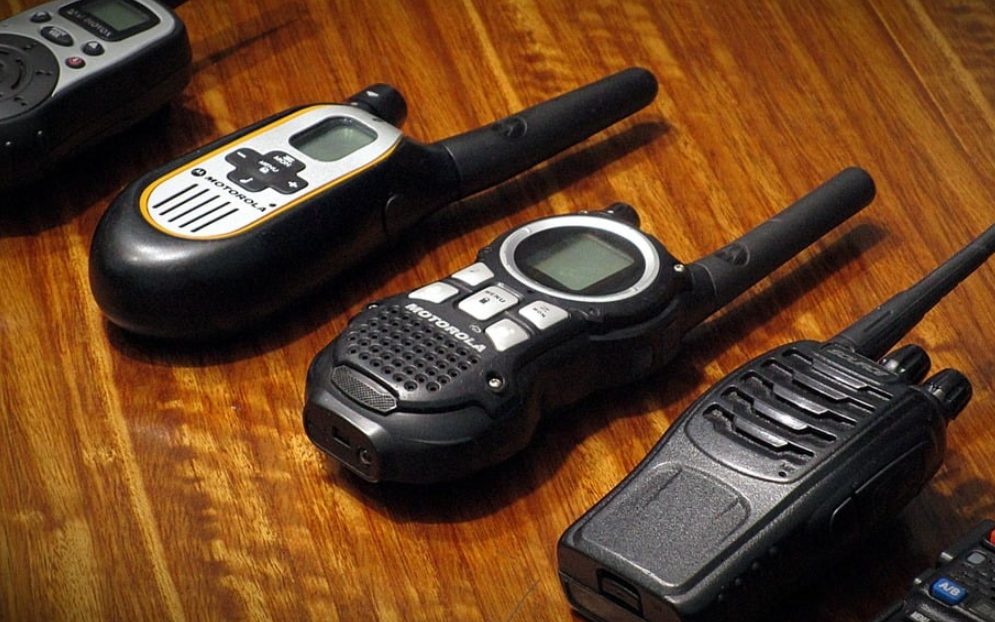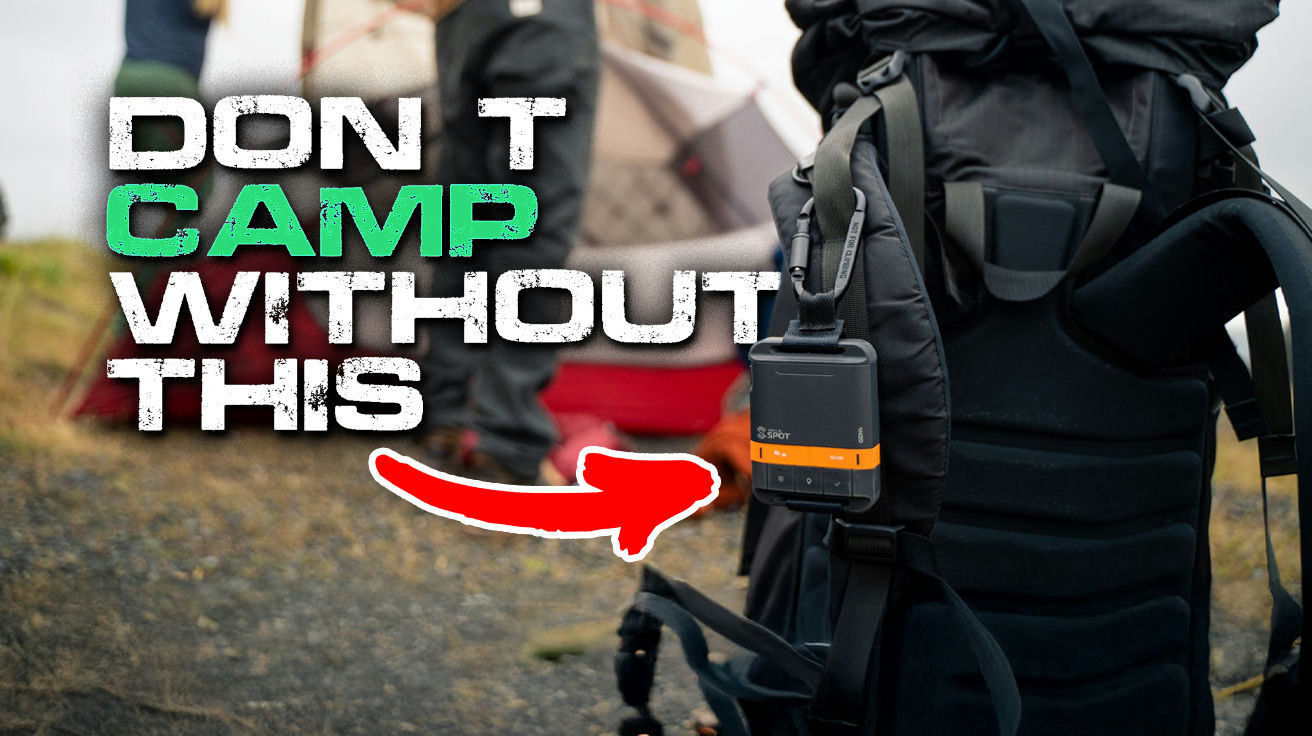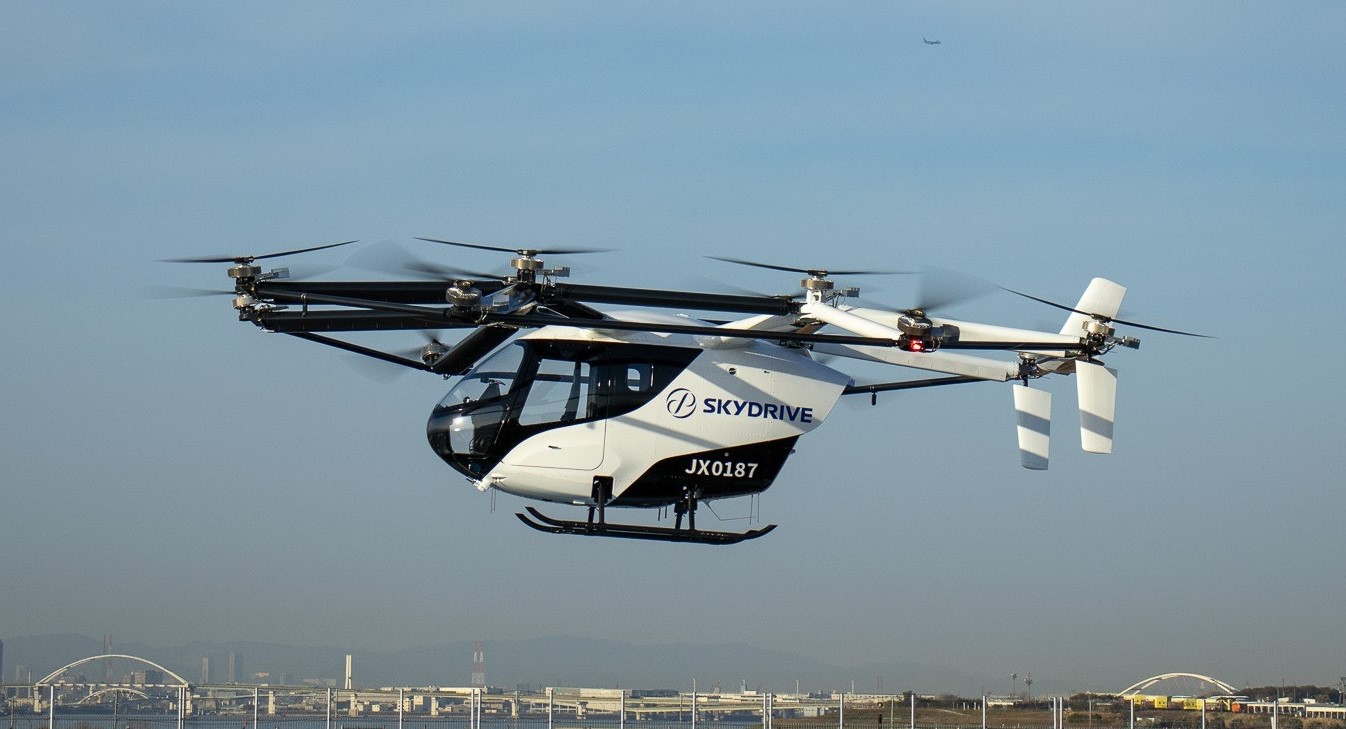Have you ever felt that knot in your stomach while camping far from help? Most wilderness emergencies happen because campers skip basic safety steps. Smart preparation creates a buffer between you and danger. Proper campsite selection, fire safety, and wildlife awareness prevent common outdoor disasters. Simple tools and techniques transform potential emergencies into minor inconveniences.
Your camping safety toolbox starts with these proven strategies.
15. Campsite Selection

A poorly chosen campsite ranks as the #1 reason inexperienced campers end up in trouble. Look up regularly! Avoid camping beneath dead trees (“widow makers”) or overhanging branches is asking for trouble.
Natural shade protects against sun exposure, but inspect trees carefully first. According to National Park ranger Maria Lopez, “The most dangerous campsite hazards are often directly overhead.”
Taking ten minutes to properly assess your surroundings saves hours of misery and potential injury from falling branches or flooding. Smarter camping tools that replace the bulky gear can help you quickly assess terrain and potential hazards with minimal effort.
14. Perimeter Security

Wildlife intrusions and unexpected visitors can turn peaceful nights into chaos, but perimeter alarms provide an affordable early warning system. These simple devices sound when movement occurs within their range – no complicated setup required.
Set up multiple chairs, tents, and supplies to create the impression of a larger group. This strategy works just like Kevin McCallister’s cardboard party guests – making potential troublemakers think twice before approaching.
Studies show that potential intruders are less likely to approach sites that appear occupied by multiple people.
13. Water and Drainage

When unexpected storms roll in, proper drainage trenches keep your sleeping bag from becoming an impromptu swimming pool. Locate your camp on high ground at least 200 feet from water sources.
Water always finds the lowest point – your tent should never compete for this title. Few things ruin a camping trip faster than waking up in an impromptu waterbed situation.
If you’re camping in areas with unpredictable weather patterns, these drainage techniques become your first line of defense against a ruined trip.
12. Creating a Safe Fire Area

A 15-foot buffer zone between your fire and tent dramatically reduces the risk of ember-related disasters while still keeping you warm. First, clear all dried leaves from a 10-foot diameter circle. Next, surround your fire pit with rocks to contain sparks.
Always keep water nearby for emergencies. Many campers have learned this lesson the hard way when a small, cozy fire suddenly became the main event of the evening – and not in the marshmallow-roasting sense.
When embers pop and sparks fly, your carefully prepared fire zone keeps a pleasant evening from becoming an emergency evacuation.
11. Complete Extinguishment

Most wilderness fires result from improperly extinguished campfires, making this simple step a literal lifesaver. Pour water over the fire, stir the embers, and repeat until everything is cool to the touch.
Statistics show majority of wildland fires result from human carelessness. “The most dangerous mistake is leaving a fire that still has warm embers,” says wilderness guide Mark Johnson. No one wants to be that person on the news.
Seemingly extinguished fires can reignite hours later, but proper dousing with water and thorough stirring eliminates this hidden danger.
10. Secure Food from Wildlife

Bears can smell food from up to five miles away, but proper storage techniques keep your supplies safe and wildlife encounters to a minimum. Clean cookware immediately after use and properly dispose of scraps.
Your campsite kitchen needs constant cleaning – except here, dinner guests might be bears instead of friends. Nothing tests your sprint speed quite like hearing rustling near your tent because you left beef jerky in your pocket.
Proper food storage techniques not only protect your supplies but also prevent dangerous wildlife from becoming habituated to human food.
9. Avoid Wildlife Pathways

If you’re hoping to avoid midnight animal encounters, staying clear of game trails should be your top priority. These natural highways increase your chances of unexpected wildlife encounters – sometimes with guests who don’t respect personal boundaries.
The concentrated scent of humans near these paths disrupts animal behavior. Stay at least 100 yards from identified animal trails. Animals deserve their space too.
Animals typically travel the same routes daily, making game trail identification one of the most underrated yet crucial camping skills.
8. Essential Supplies

A properly stocked first aid kit resolves a good number of wilderness emergencies before they become life-threatening. For remote adventures, pack trauma kits with tourniquets and hemostatic agents for serious injuries.
A Wilderness Medical Society study found most backcountry emergencies could be handled with basic first aid supplies. The exceptions make for stories that end with “and that’s why I always pack extra bandages now.”
When a small cut becomes infected miles from help, your well-stocked first aid kit transforms from a pack weight into a lifesaver.
7. Emergency Signaling

Compact fog horns project sound for up to a mile in optimal conditions, turning your distress call into a beacon for rescuers. These tools also deter curious wildlife when needed. The international distress signal is three short blasts, followed by three long blasts.
Emergency preparation requires balancing practicality with preparedness – like packing for a trip where the weather forecast includes everything from sunshine to apocalypse.
If you’re planning to venture beyond cell service, these signaling tools deserve prime real estate in your pack’s most accessible pocket.
6. Personal Protection

When facing unexpected wildlife or concerning strangers, tactical flashlights offer both illumination and a non-lethal deterrent. Proper training matters – know how to use what you bring.
During a backcountry trip, an experienced hiker used a tactical flashlight to deter an approaching mountain lion. The intense beam confused the animal long enough for safe retreat. Protection tools work best when you never actually need them.
Wilderness encounters can escalate quickly, but appropriate tools and calm responses de-escalate most potentially dangerous situations.
5. Communication Devices

Cell service disappears in most wilderness areas, but satellite messaging devices keep your connection to emergency services intact. The Bivy Stick transforms any smartphone into a satellite communicator.
Modern technology means you don’t have to face the wilderness alone – unlike those folks in horror movies who always lose signal at the worst possible moment. Funny how that works.
Satellite messaging systems provide peace of mind without the bulk and expense of traditional satellite phones while maintaining crucial emergency connectivity. Smart camping inventions like portable power banks with solar charging capabilities ensure your devices stay functional throughout extended trips.
4. Weather Awareness

If you’ve ever been caught in a sudden mountain storm, you know why compact weather radios deserve prime space in your pack. Carry a compact weather radio for updates on sudden changes that could ruin more than just your day.
Set up tarps at angles that direct water away from your tent and gear. Mother Nature enjoys surprising campers who didn’t prepare for her mood swings.
Weather conditions in mountainous regions can change completely within 30 minutes, making constant awareness your most valuable survival tool.
3. Sun and Heat Safety

Sunburn and heat exhaustion sideline more campers than any other environmental hazard, even in moderate temperatures. Reapply sunscreen every two hours. Plan strenuous activities for cooler morning hours before the sun turns hostile.
Heat exhaustion transforms fun adventures into medical emergencies faster than teenagers scatter when parents suggest family photos. The sun doesn’t care about your camping plans.
Dehydration sneaks up quietly during outdoor adventures, but scheduled water breaks and proper sun protection prevent this common camping emergency.
2. Keep Gear Accessible

Strategic gear organization cuts emergency response time by half when seconds matter most. This practice ensures quick responses when you need to act fast.
Organize your important gear like a chef arranges ingredients before cooking – everything within reach when needed. Emergencies rarely announce themselves with convenient timing.
If you’re camping in areas with wildlife activity, this organized approach ensures your deterrents are always within immediate reach.
1. Maintain Positive Interactions

When neighboring campers crank their music at midnight, your response could determine whether your trip continues peacefully or spirals into confrontation. Be the first to de-escalate. Preserving peace ensures safer experiences for everyone.
A veteran hiker once diffused a heated argument over campsite boundaries by offering to share some freshly caught fish. Sometimes the high road comes with bonus dinner companions. Camping neighbors are temporary, but trip-ruining arguments last forever in memory.
National Park rangers report that interpersonal conflicts escalate to dangerous situations 3x more frequently in isolated wilderness settings than in developed campgrounds.




























